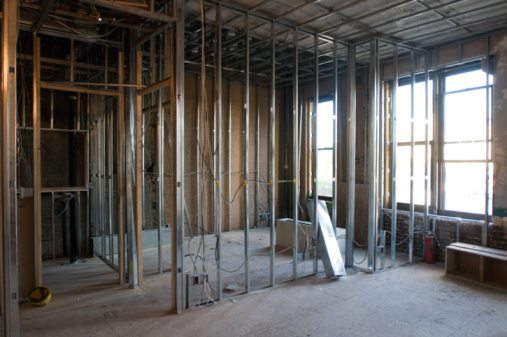Flagstaff lost the highest percentage of construction jobs between July 2009 and July of this year, as 276 of 337 metro areas nationally saw declines, according to the Associated General Contractors of America.
Flagstaff lost 700 construction jobs, a 32 percent dip from last year. The Chicago-Joliet-Naperville area lost the most construction jobs — 32,900, or 23 percent.
Statewide, Arizona lost 13,900 construction jobs (down 114,000 from 128,000), an 11 percent decrease. It was a decrease of 54 percent from the state’s peak in 2006, according to the AGCA.
The Phoenix-Mesa-Glendale area lost 8,600 construction jobs (down 86,600 from 95,200), a 9 percent loss; and Tucson lost 2,300 construction jobs (down 14,200 from 16,500), for a 14 percent dip. Yuma fared the best, experiencing just a 7 percent loss.
The employment figures, based on an analysis of federal employment data, demonstrate the widespread decline in demand for construction services that continues to outpace stimulus-funded work, association officials say.
“There is no doubt that we have seen an increase in stimulus activity this summer,” says Ken Simonson, the association’s chief economist. “Unfortunately, that increase in stimulus activity is largely being overshadowed by continuing declines in overall demand for construction that are likely to persist well into next year.”
Other areas experiencing large declines in construction employment are: Las Vegas (14,800 jobs, 24 percent); Houston (14,700 jobs, 8 percent); Los Angeles-Long Beach-Glendale (10,700 jobs, 9 percent); and Seattle-Bellevue-Everett (10,400 jobs, 14 percent).
Simonson says that 31 metro areas actually added construction jobs over the past 12 months, while another 30 areas experienced no change in construction employment.
The construction economist said the impacts of the stimulus can be seen in the fact that many of the construction employment declines metro areas are experiencing are less severe than just a month ago. The year-over-year construction employment declines in cities such as Las Vegas, Houston and Seattle are less severe than the figures recorded in June, Simonson adds. However, he says that too few cities were adding construction jobs to have any widespread impact on construction employment.
“As much as we would hate to see how much worse the construction employment figures would be without the stimulus, the fact is our industry is continuing to suffer even as some areas of the economy have begun to expand,” says Stephen Sandherr, the association’s chief executive officer. “And with regular, long-term infrastructure bills stalled in Congress, it looks like construction workers will have little opportunity to continue rebuilding our economy.”




